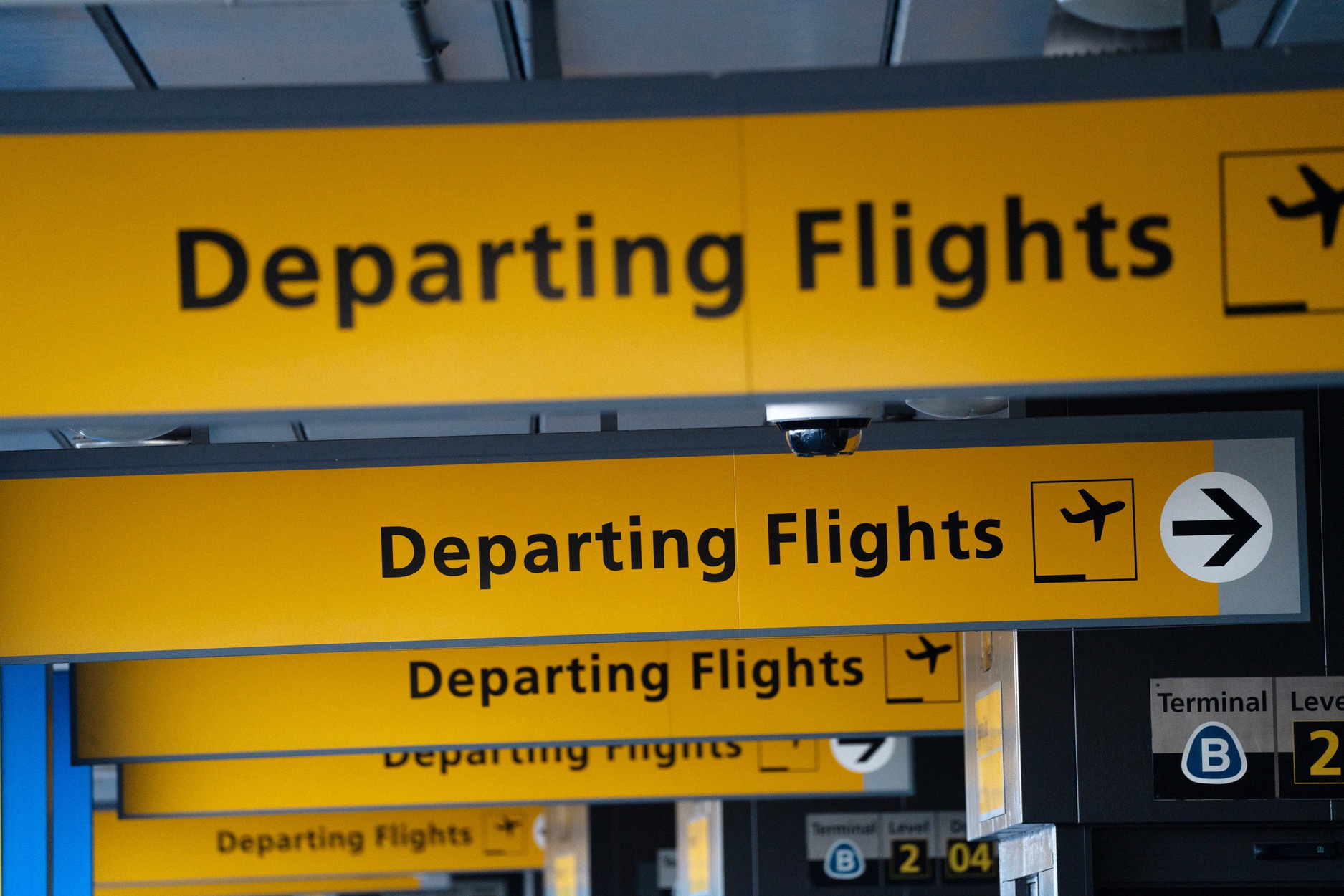There have been months of talk about the ACC schedule and the travel involved with the three new schools. But talk becomes reality as the 2024 season gets underway. And the travel reality for the new ACC schools is ugly.
In the great realignment shuffle of the last 24 months, SMU, Stanford, and Cal join the ACC. The conference most of its existence with its footprint along the eastern seaboard. Sure Syracuse to Miami is a little more than 1,400 miles, But that was the furthest stretch for any of the schools in the conference.
The New Kids
Now the air miles are going to pile up, particularly for the new kids from the West Coast. The merging of desperate motivations made it so. The ACC lives in the shadows of schools trying to leave the conference. The contract with ESPN mandates maintaining 14 schools. Adding three new ones was a hedge against others potentially leaving. On the other side of the country, the Pac-12 was dissolving. Oregon State, Washington State, Stanford, and Cal were all that was left. Stanford was seeking a Big 10 option, but desperate people don’t have the luxury of waiting for an invitation.
As for SMU, the Mustangs have spent much of the last four decades trying to get back to the big kids’ table after the NCAA dealt them a blow with consequences lasting far longer than anyone intended. And among the three new schools to the ACC, they get the easy part. Dallas is the theoretical halfway point in the new conference. A jump to either side of the conference is easier for them.
Cal Air
But now comes the reality for the football programs, (and the still uglier realities for the non-revenue sports will soon be realized).
In 2023 for six road games, Cal traveled a total of 4,179 miles. In 2024, they will eclipse that number after the first two road games. The Bears fortunately have seven home games and five road games or the mileage wear and tear would be worse.
They have an out-of-conference road game early on at Auburn that was already part of a home-and-home agreement. But then they are at Florida State, Pitt, Wake Forest, and SMU. They will total 11,994 miles on the road this season. This for a program that spent most of its existence with an 800-mile trip to Seattle being the thing.
Stanford football traveled 5,501 miles in 2023, and that includes an out-of-conference game in Hawai’i. And they went to the extreme in conference with a road game at Colorado, the farthest any West Coast school had to go to at 1,243 miles.
Stanford’s Not-So-Friendly Skies
The Cardinal will nearly double that total at 10,501 miles. They will do 5,300 of those miles in back-to-back weeks at Syracuse and Clemson in late September. The schedule does include a road trip to Notre Dame. The Irish and the Cardinal have had a home-and-home annual game since 1988.
After all of those miles the annual Stanford vs. Cal game, (in Berkeley this year), is going to make them feel like they can just take an Uber for the 46-mile commute to the game.
The Money is the Money
Stanford and SMU are indeed among the financially elite schools in the country. Stanford is endowment-rich. They have funds set up from benefactors to carry a lot of weight. The school annually has at least seven athletic programs paid for through endowments so that the funding does not even come out of the athletic department budget.
SMU is cash-rich. When it was announced that they would join the ACC, but without getting any of the TV revenue for several years, (as was also the case with Stanford), boosters needed only about three weeks to raise $300 million to make up the difference.
But, ironically enough, it is Cal that has been open about its transportation plans. They will be traveling on a plane with sleeper seats and a lot of extra space. The football program that needed a financial rescue raft from the university when it could not pay for all of the renovations to Memorial Stadium is going to be cozy. The school bought a plane out of Delta Airlines’ international fleet.
The one upside for Cal and Stanford with their new conference overlords is the ACC schedule. The conference only plays eight conference games to go with four out-of-conference games. The Pac-12 used to be nine and three. That one extra OOC game allows the schools to schedule closer to home. Saves money on the in-flight peanuts.







